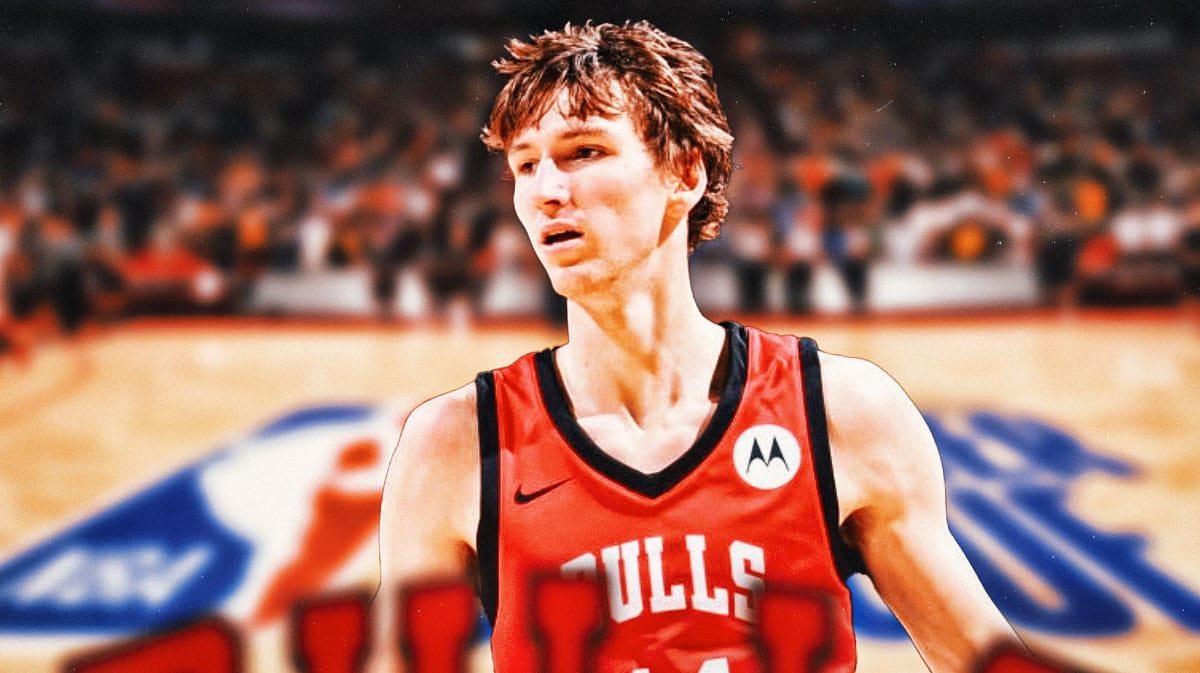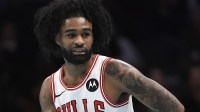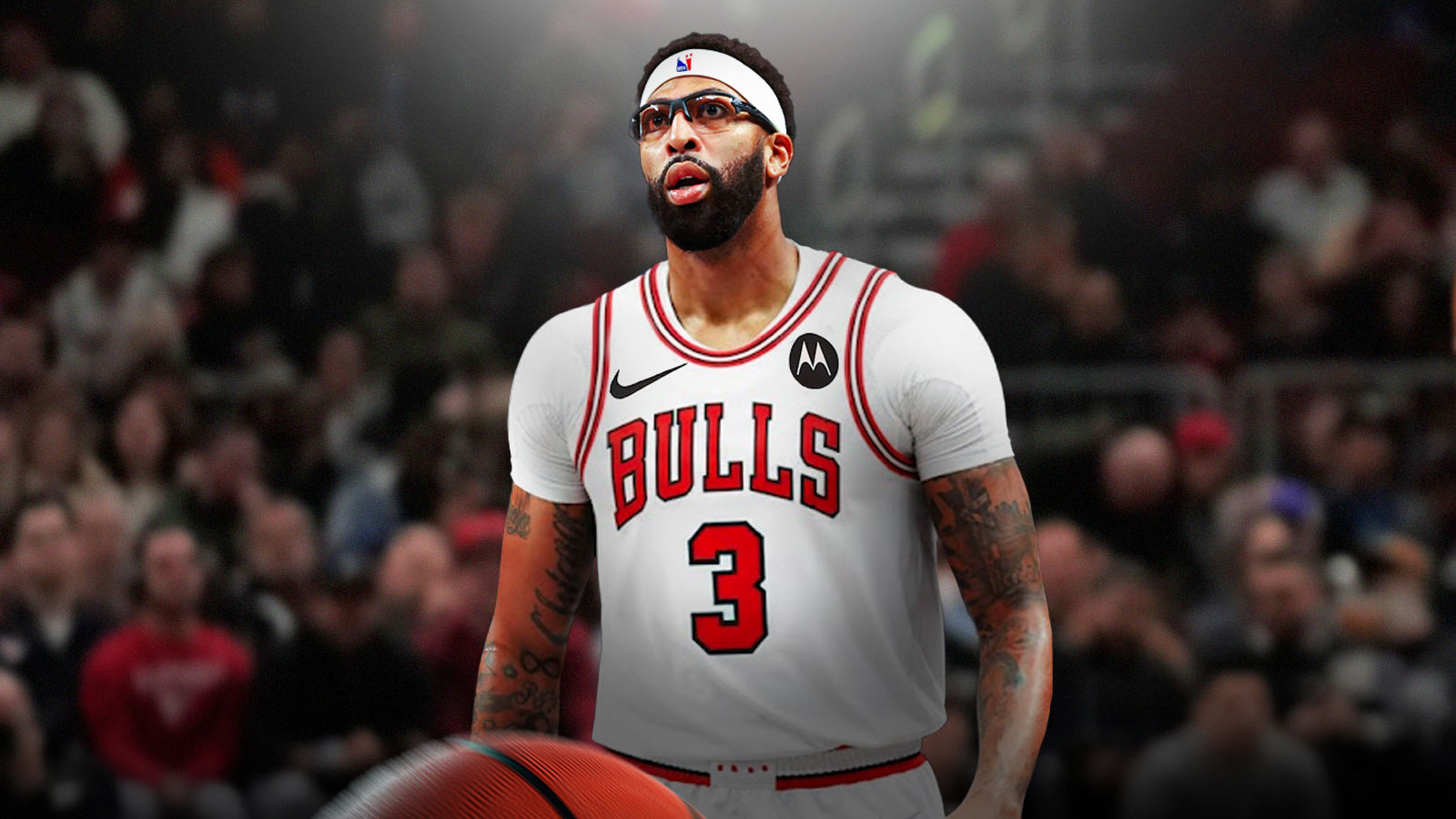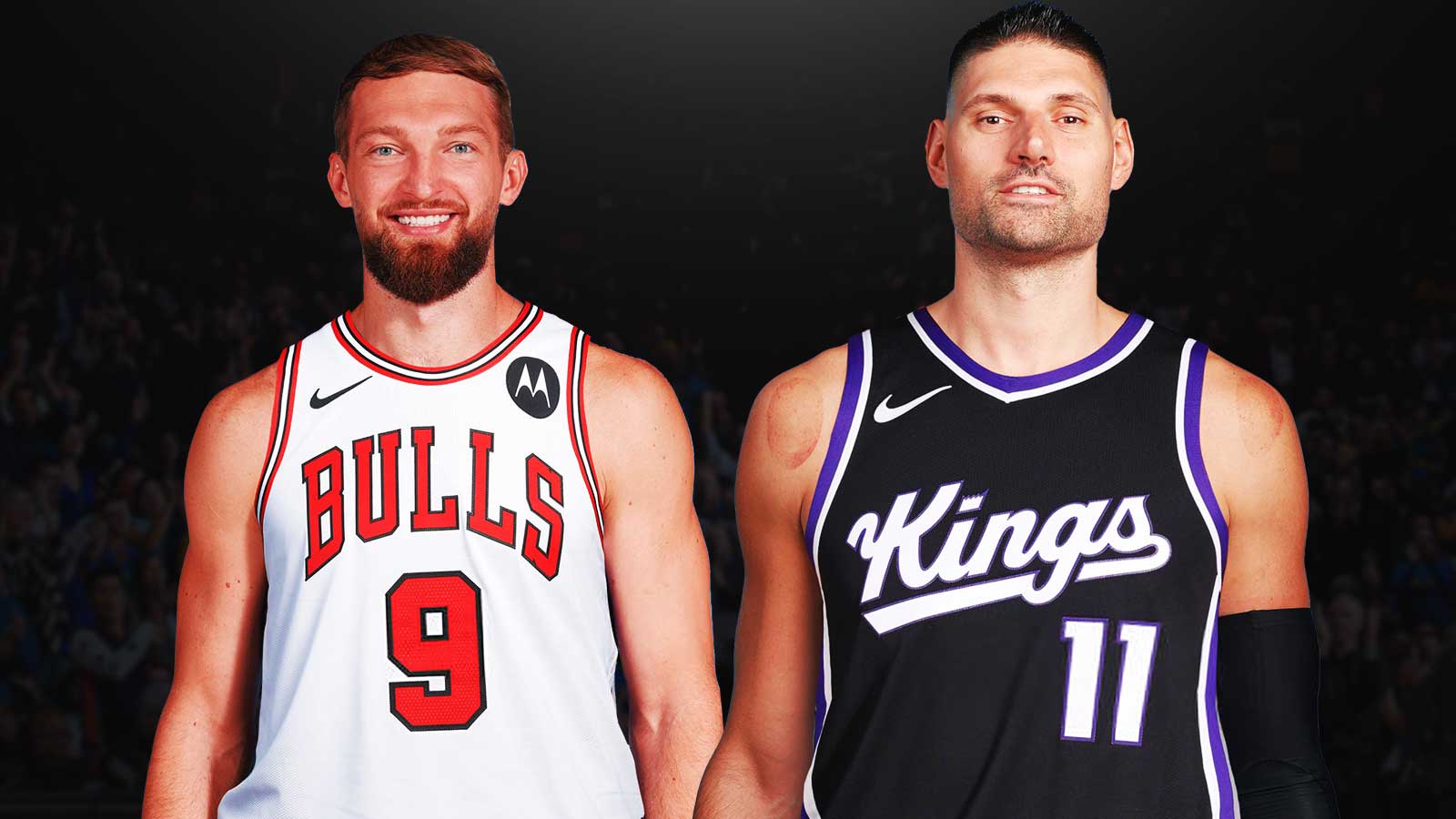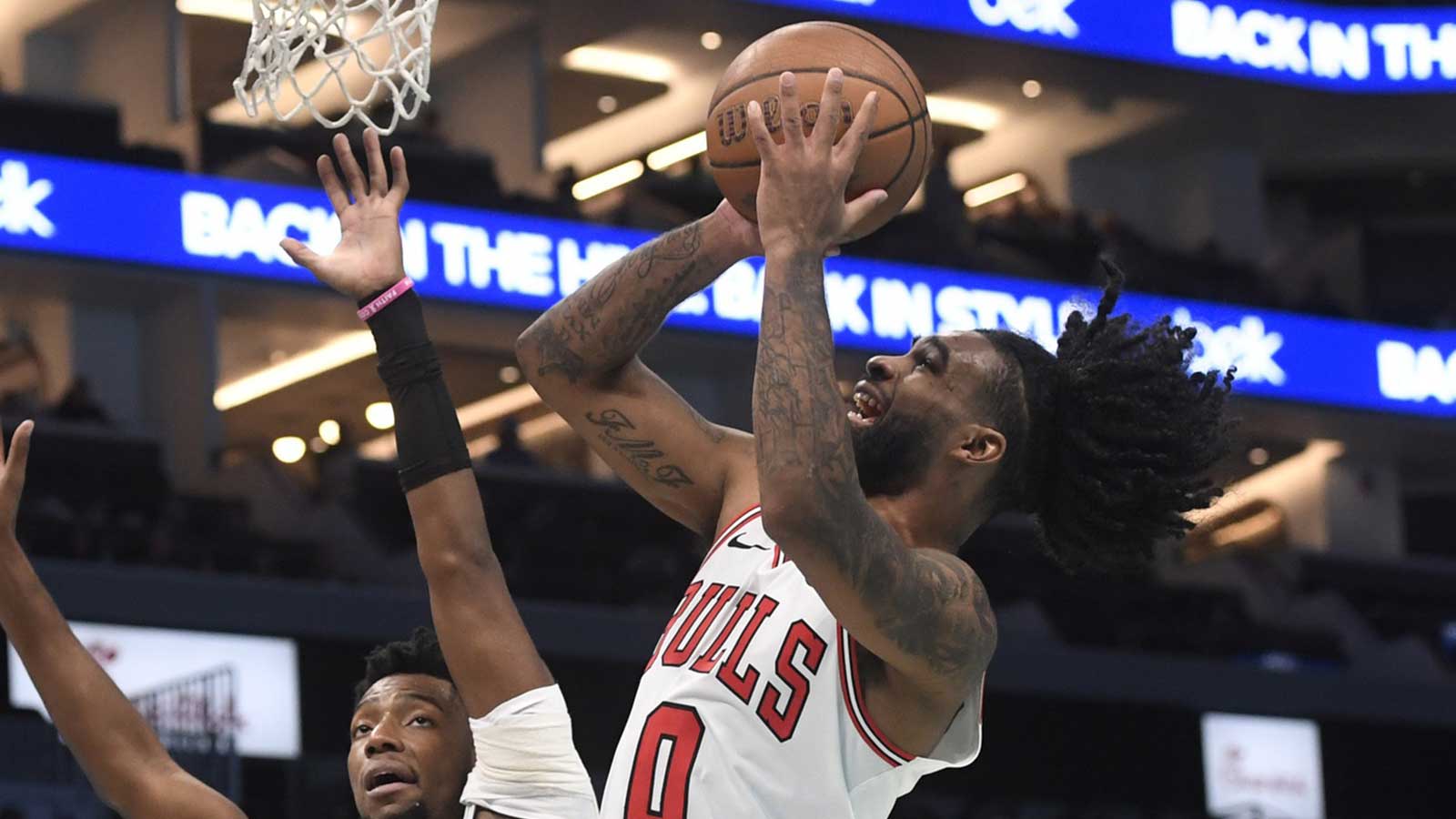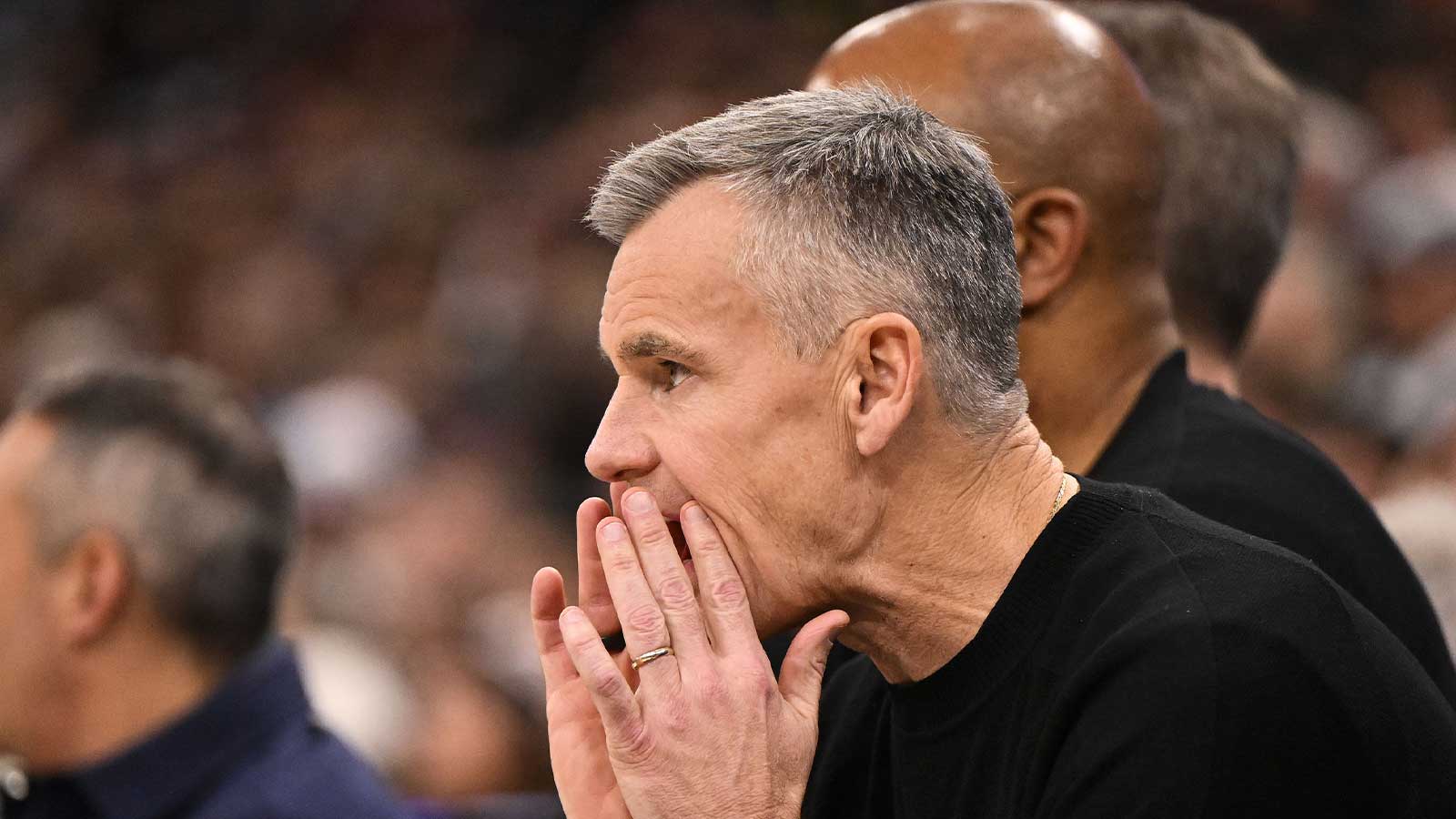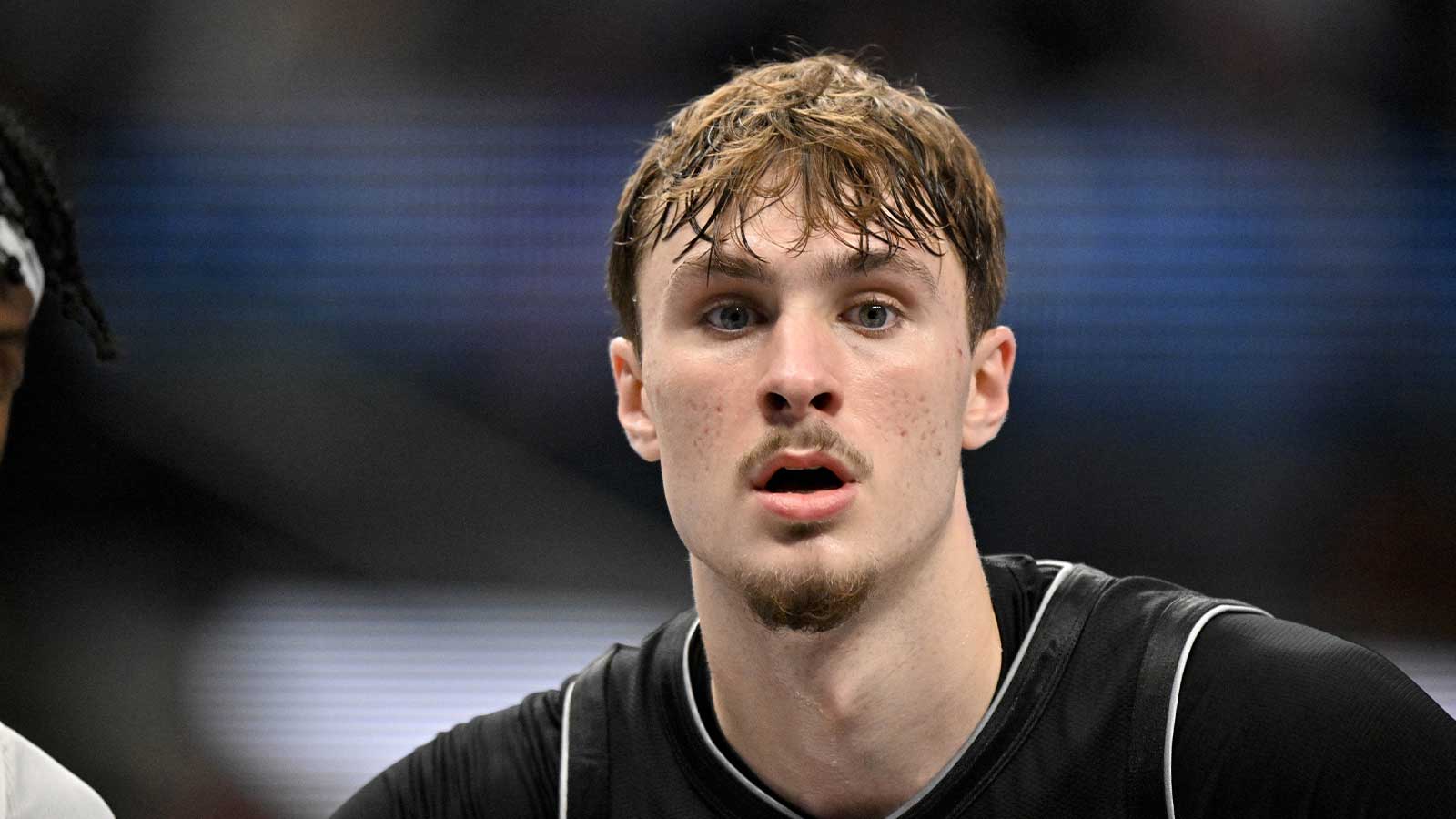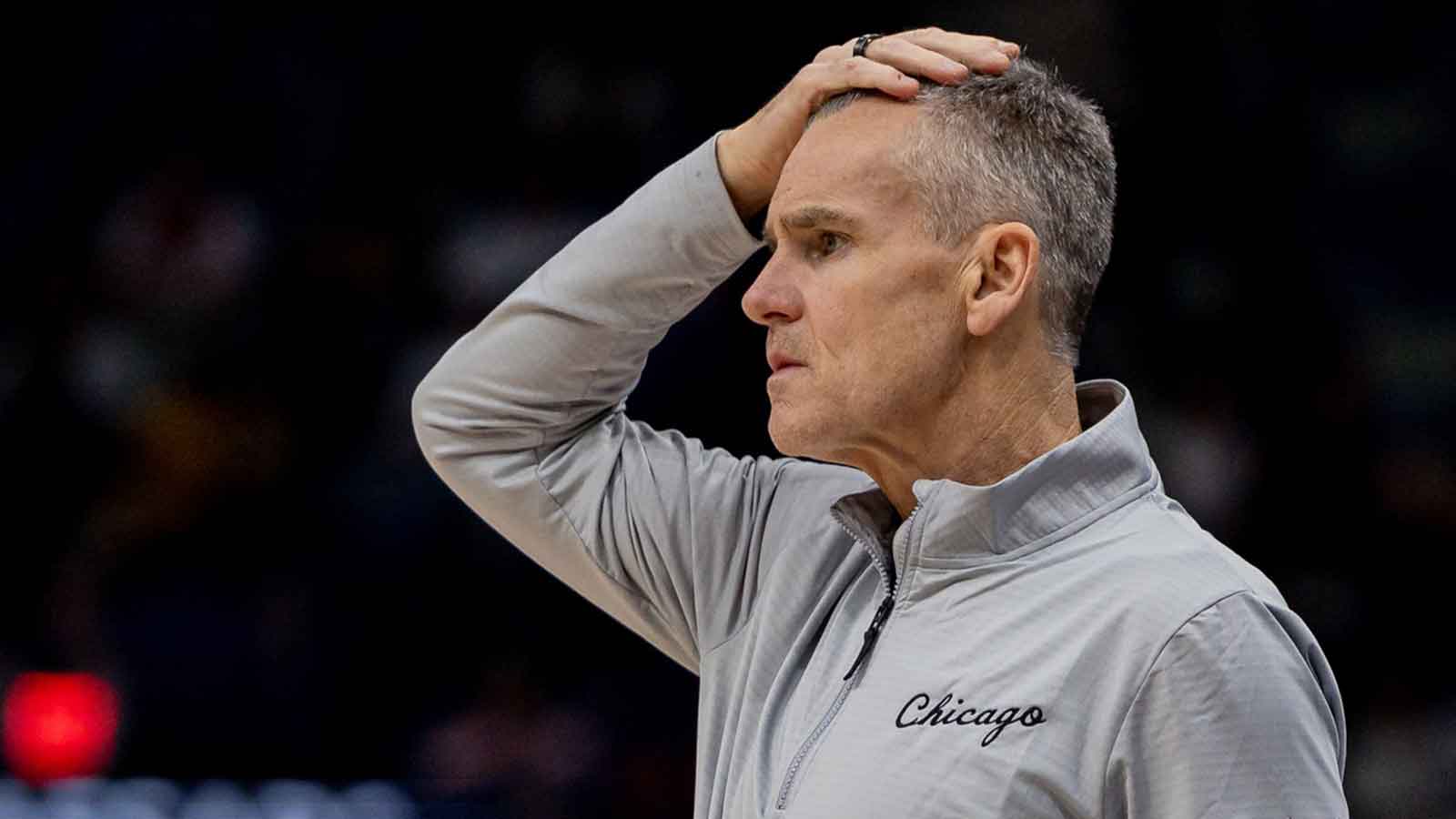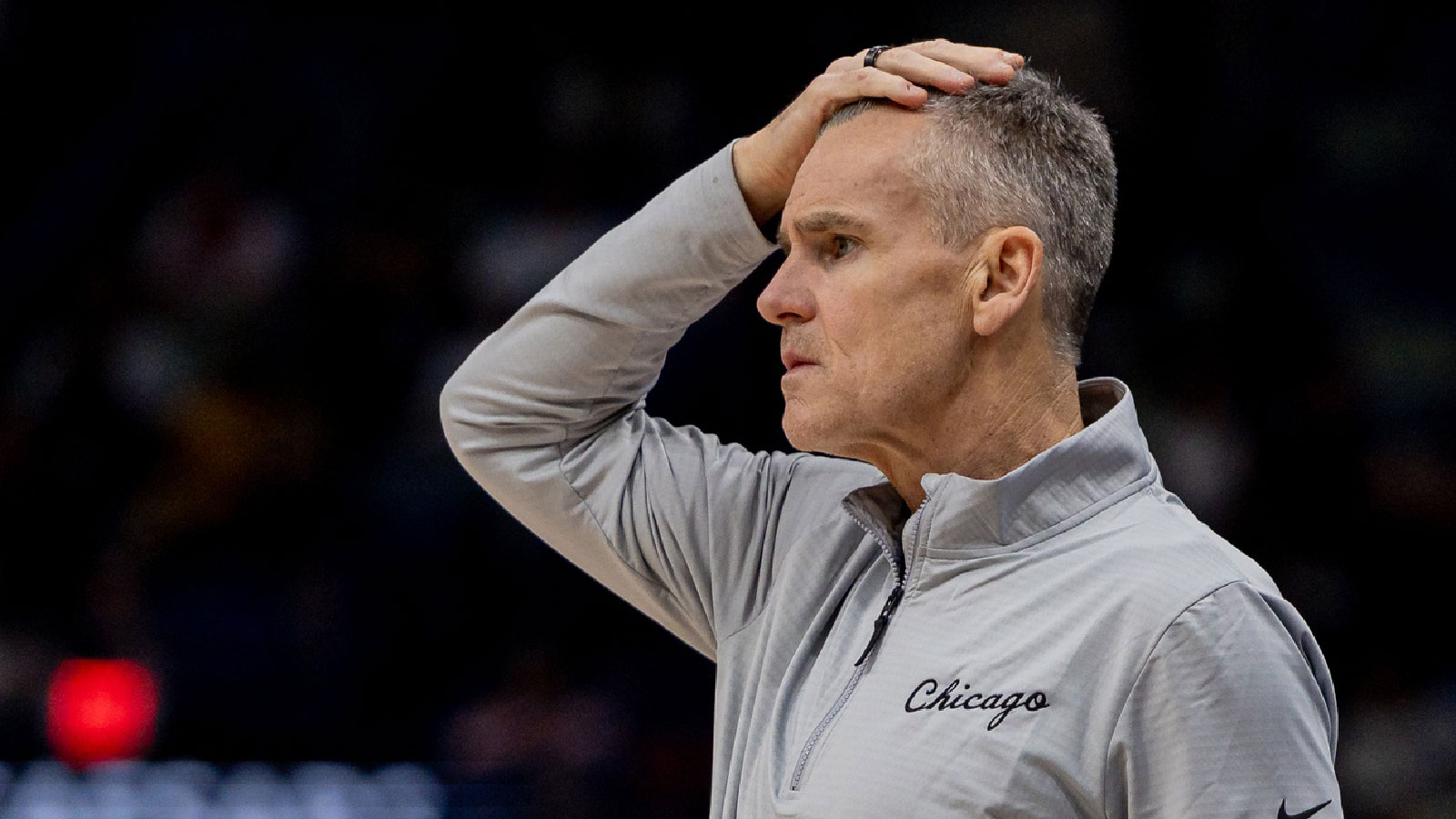In a recent appearance on the “This League Uncut” podcast, Chicago Bulls rookie Matas Buzelis addressed the dissolution of the G League Ignite program, of which he was a product, pushing back on the notion that the program folded primarily due to the changing landscape of college basketball and the influence of Name, Image, and Likeness (NIL) deals.
Instead, Buzelis cited financial difficulties and logistical challenges as the main reasons behind the Ignite's closure.
Matas Buzelis, who played for G League Ignite last season, was candid about the program's struggles.
“It’s not even that. So ours got shut down because the boosters didn’t give us anymore money. It’s tough to drag people out of Vegas to go watch teenage kids play outside of Vegas, you know 20 minutes away. It was just tough getting fans there, but it was mainly that, it wasn’t because NIL or our record. It wasn’t a positive investment,” he explained.
This insight highlights the financial difficulties and the challenge of attracting fans to games held outside the bustling city of Las Vegas.
Contrary to Buzelis’s explanation, there has been significant speculation that the rise of NIL deals played a crucial role in the decline of the G League Ignite.
Chris Haynes, co-host of the podcast, pointed out that the new ability for college players to earn money through NIL deals has changed the landscape, making college basketball a more attractive option for high school stars who might have previously chosen the Ignite for its financial incentives.
“The record has nothing to do with it, it’s just the fact that the college landscape has changed with the NIL deals, where players can actually get paid,” Haynes noted.
The Ignite’s performance on the court last season was notably poor, finishing with a dismal 2-32 record, including a 14-game losing streak and a winless record on the road. Despite these struggles, Buzelis averaged 14.3 points per game, while his teammate, Ron Holland, who was drafted fifth overall by the Detroit Pistons, led the team in scoring with 20.7 points per game.
The Ignite program was designed as an alternative pathway for elite high school prospects to develop their skills and prepare for the NBA while earning a salary, typically ranging from $50,000 to $150,000.
This structure aimed to provide a viable professional route for players who either did not want to or were unable to pursue a traditional college basketball career.
The Complicated Legacy of G League Ignite
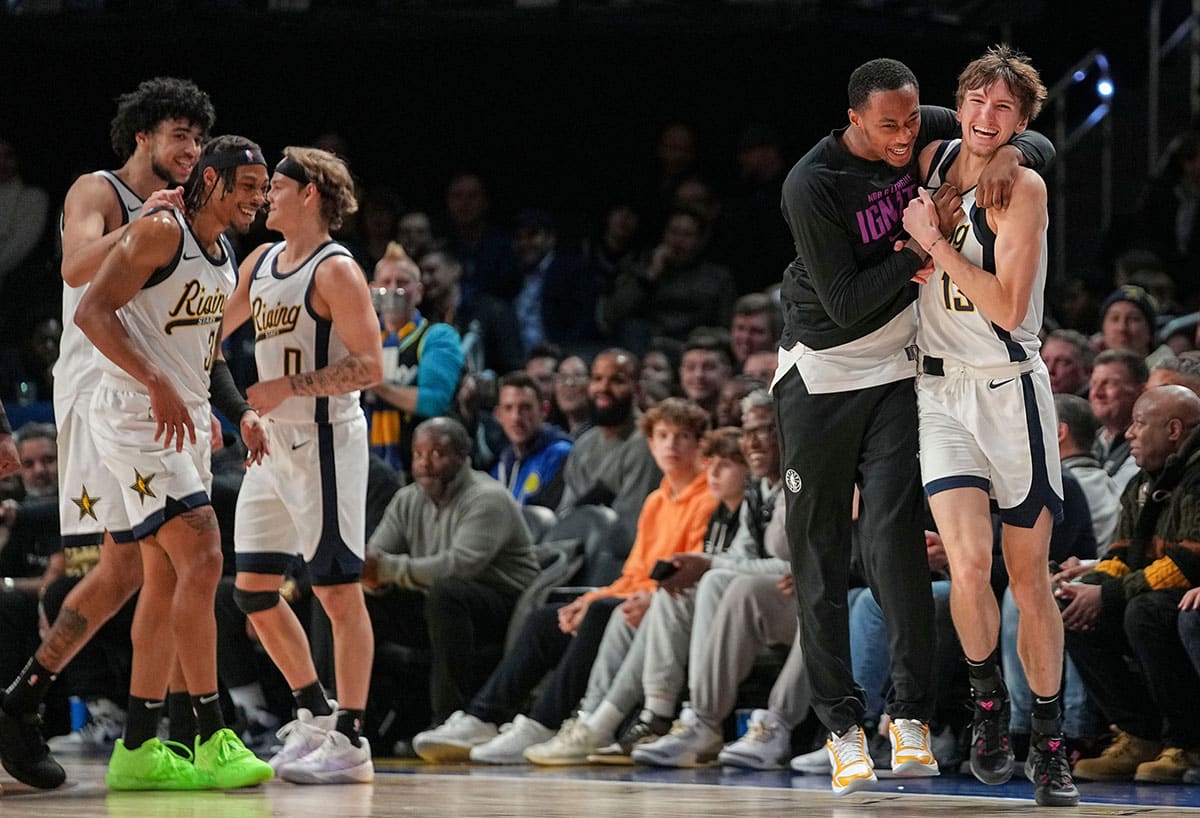
The G League Ignite program, launched in 2020, aimed to provide a professional development environment for top high school prospects. However, it faced numerous challenges from the outset. The COVID-19 pandemic disrupted its initial plans, which included overseas exhibitions and matches against junior college and Division II teams. The program's unique structure, which allowed it to pay players significantly more than standard G League salaries, created friction within the league and among rival G League teams.
Despite these challenges, the Ignite program produced several top NBA prospects, including Jalen Green and Jonathan Kuminga, who have since established themselves in the league. The program’s initial success demonstrated the potential for an alternative development pathway, yet the financial and logistical hurdles proved too great for sustained success.
The introduction of NIL deals in college sports has dramatically altered the landscape, providing high school athletes with lucrative opportunities to profit from their fame while playing college basketball. This development has made college an attractive option once again, potentially reducing the allure of the Ignite’s financial incentives.
NBA Commissioner Adam Silver and G League President Shareef Abdur-Rahim had initially been optimistic about the Ignite program's potential. However, the changing dynamics in college sports and the financial sustainability of the Ignite model forced the league to reassess its viability. “The need that we were looking to fill isn’t there anymore,” Abdur-Rahim remarked, acknowledging that the initial impetus for the Ignite program has been diminished by the rise of NIL.
While the G League Ignite program will not continue, its legacy and the lessons learned from its operation will likely influence future initiatives aimed at developing young talent. The NBA and the G League may explore other models that balance financial sustainability with the development needs of young players.
For players like Matas Buzelis, the end of the Ignite program marks a significant transition. As he begins his career with the Chicago Bulls, Buzelis’s experience with the Ignite has prepared him for the professional ranks, even as he reflects on the program's challenges and its ultimate closure.

